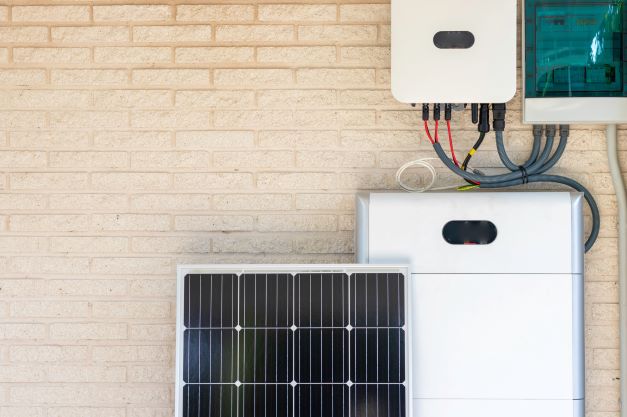With the growing awareness of the need to live ‘greener,’ more homeowners are looking into solar power to save money and have cleaner air. A solar panel is an electrical device that converts light from the sun into electricity. Forbes reported an estimated cost of savings of USD$1,500 in a year, assuming that a household’s system entirely covers energy usage.
Because of this, many are considering building a solar-ready house. This is so they can easily transition to solar anytime. The goal of a solar-ready home is to reduce energy consumption and add value to the property.
According to Solar Uptime, a solar company from Queensland, Australia, a solar-ready home will be able to accommodate solar panels, either by design or retrofitting. Having years of experience maintaining solar systems under the Australian sun, they recommend factoring in context when considering building your solar-ready home.
1. Have A Solar Audit Done
Different homes have different needs. This said it’s essential to know your home’s exact requirements so that you install a solar system with enough capacity to power your home and ensure there are no power wastages due to your home’s design.
A solar audit will help lay out your options so you can be as educated as possible about the unique considerations you might have to make before renovating or building your house to be solar-ready. A solar audit will assess your roof design, its orientation, and whether or not it has enough surface area for the panels needed to power your home, among other factors.
Here is a quick breakdown of what to expect when your solar expert comes to assess your home or home design:
- An electricity bill assessment to help you estimate how much you will potentially pay your utility company over a set period of years compared to the cost of going solar.
- A roof examination will be conducted.
- An interior assessment will help factor in other components that could affect your solar.
Once these are done, your contractor should walk you through each factor and how it will likely impact your home’s energy production. Likewise, they will discuss the installation cost should you go solar, now or in the future.

2. Factor In Shading And Your House’s Orientation
Placement is a key consideration as you prepare to install solar at your home. The orientation of your home will affect your solar system’s functionality. For instance, a sloped roof often requires you to sit your solar panels on the south-facing section. This will optimize your system’s performance. You want to avoid areas with the most shading, as even the smallest amount will reduce energy production.
3. Roofing Material
Besides orientation, you’ll also need to consider the type of roofing material you use for your solar-ready home. It’s crucial to use roofing materials that are solar-ready, like asphalt shingles, because using the wrong one will affect how much it will cost to install solar in the future. The average solar system typically weighs anything within three to six pounds per square foot. As you construct your home, try to avoid installations on your rooftop that could constitute obstructions in case you plan to install solar panels.
Before installation, it would help if you’ve determined your roof’s wind load. This will help you ensure your solar system can withstand the wind load the roof will encounter.
4. Install Conduits
For electricity to pass from your solar panels into your home, it needs to pass through solar. Ensure your conduits are made from solid materials such as rigid polyvinyl chloride (PVC), metal, or liquid tight flex. Moreover, it’s best if your conduits are laid straight to streamline future troubleshooting in case any problems arise.
5. Find Out About Permits And Zoning Laws
Zoning laws differ from area to area and will affect the permits you’ll need to get, plus your overall installation process. Some zoning laws may limit the number of solar panels you can install and your system’s size and capacity. Moreover, specific permits are needed when installing solar panels on your roof or ground.
It’s best to research zoning rules in your jurisdiction or consult professionals to know the best practices in zoning for solar.
Conclusion
You may not be ready to install solar, but you already know the benefits of going off-grid and green. The design and planning stage of building your home remains the best to factor in all technical and structural elements that make your home solar-ready. Using the steps outlined above, you can ensure that when the time to install your solar comes, your home is well prepared.


